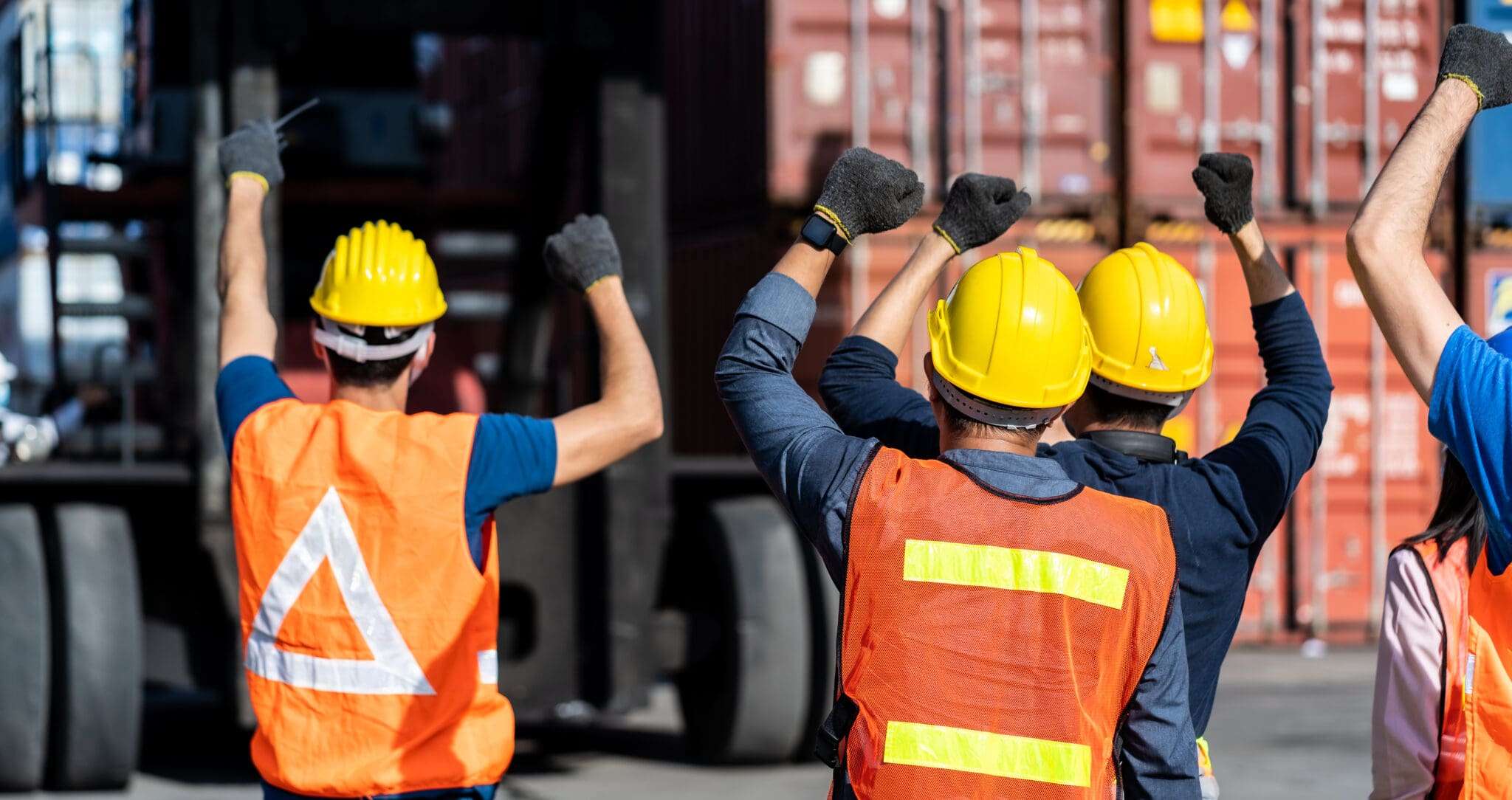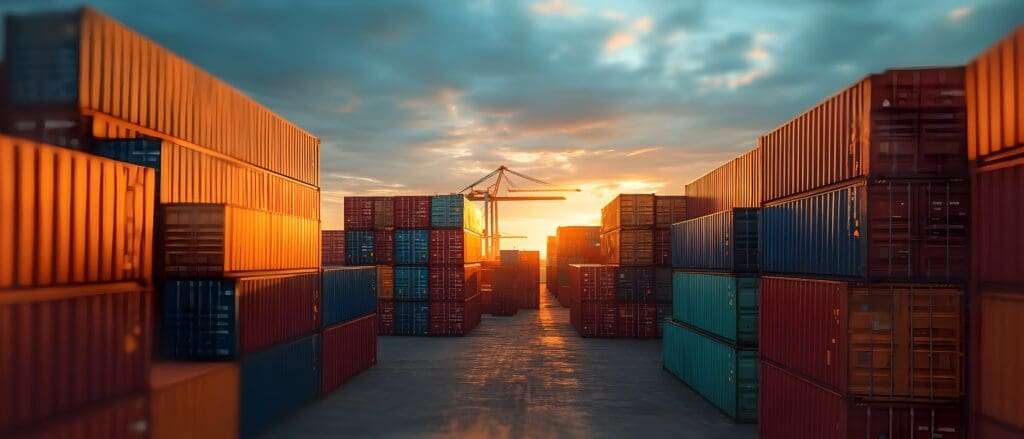The possibility of an ongoing U.S. port workers’ strike, especially at East and Gulf Coast locations, presents major challenges not only for chemical suppliers and the broader supply chain but also for worker safety and operational efficiency. Combining insights from both perspectives—supply chain disruption and safety concerns—helps highlight the multidimensional impact of the strike.
Supply Chain Disruption and Chemical Suppliers
As the strike halts operations at 36 major ports, chemical suppliers face the risk of significant delays in both receiving raw materials and distributing products. Chemicals and plastic resins, vital to numerous industries, are particularly affected. In Houston, a critical hub for chemical exports, delays will severely disrupt industries that depend on these materials, including pharmaceuticals, manufacturing, and agriculture. With Houston accounting for nearly 59% of U.S. resin exports, any prolonged strike will have far-reaching effects.
Suppliers may turn to alternative routes, such as air freight, to minimize disruptions, but this presents its own set of challenges. Air freight is not only costly but limited in capacity, especially during peak seasons. This may lead to bottlenecks and escalating shipping costs, which will eventually trickle down to consumers in the form of higher prices. Additionally, industries relying on just-in-time delivery systems could see major production delays and potential shortages of crucial chemicals.
Safety Concerns Amid the Strike
On top of supply chain disruptions, the strike poses significant risks to employee safety. Several factors heighten the likelihood of accidents and injuries, both during the work stoppage and once operations resume.
- Overcrowded Workspaces: The backlog of goods will likely lead to rushed working conditions when the ports reopen. This urgency to clear delays could result in overcrowded, high-pressure environments, where fatigue and rushed processes increase the chance of accidents. Workers may struggle to handle the influx of cargo efficiently, heightening operational risks.
- Strain on Alternative Ports: As companies reroute shipments to alternative ports, including those on the West Coast, employees at these locations may face overburdened facilities. Increased workloads and operational demands may lead to equipment malfunctions or unsafe working conditions, exacerbating risks for those managing cargo.
- Automation Issues: One of the key contentious points in the strike is automation, which not only threatens job security but also raises safety concerns. Automated systems, if not properly maintained or if workers aren’t adequately trained, could malfunction. This places workers in potential danger, especially when interacting with these systems under high-stress conditions.
The Cascading Effect
The ripple effect of the strike is twofold: supply chain disruptions will slow chemical shipments and raise costs across industries, while safety risks for workers may increase as ports deal with operational backlogs and logistical challenges. The consequences of the strike will be felt across both sectors, amplifying economic pressures and heightening safety risks at multiple levels.
Mitigating Risks & Issues from Supply Chain Disruptions
To further support companies during times of operational uncertainty, such as the ongoing port workers’ strike, TotalSDS plays a critical role in ensuring employee safety and compliance with hazard communication standards. Their expertise in managing Safety Data Sheets (SDS) enables companies to provide workers with immediate access to essential safety information, which is crucial when dealing with chemical materials in high-pressure environments. TotalSDS’s SDS management software ensures that employees have up-to-date information on handling hazardous substances, reducing risks associated with crowded or strained working conditions. Additionally, their SDS authoring software allows companies to quickly create or update safety documentation as needed, ensuring compliance even as supply chain issues disrupt the normal flow of operations. This proactive approach helps maintain worker safety and operational continuity during challenging times.
In conclusion, both supply chain vulnerabilities and employee safety risks illustrate how deeply interconnected global logistics are—and how a single disruption can create a cascade of challenges. It will be crucial for chemical suppliers and port operators alike to prepare for a long recovery period, balancing operational efficiency with worker safety during the post-strike phase.


